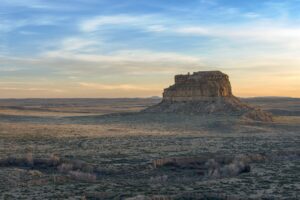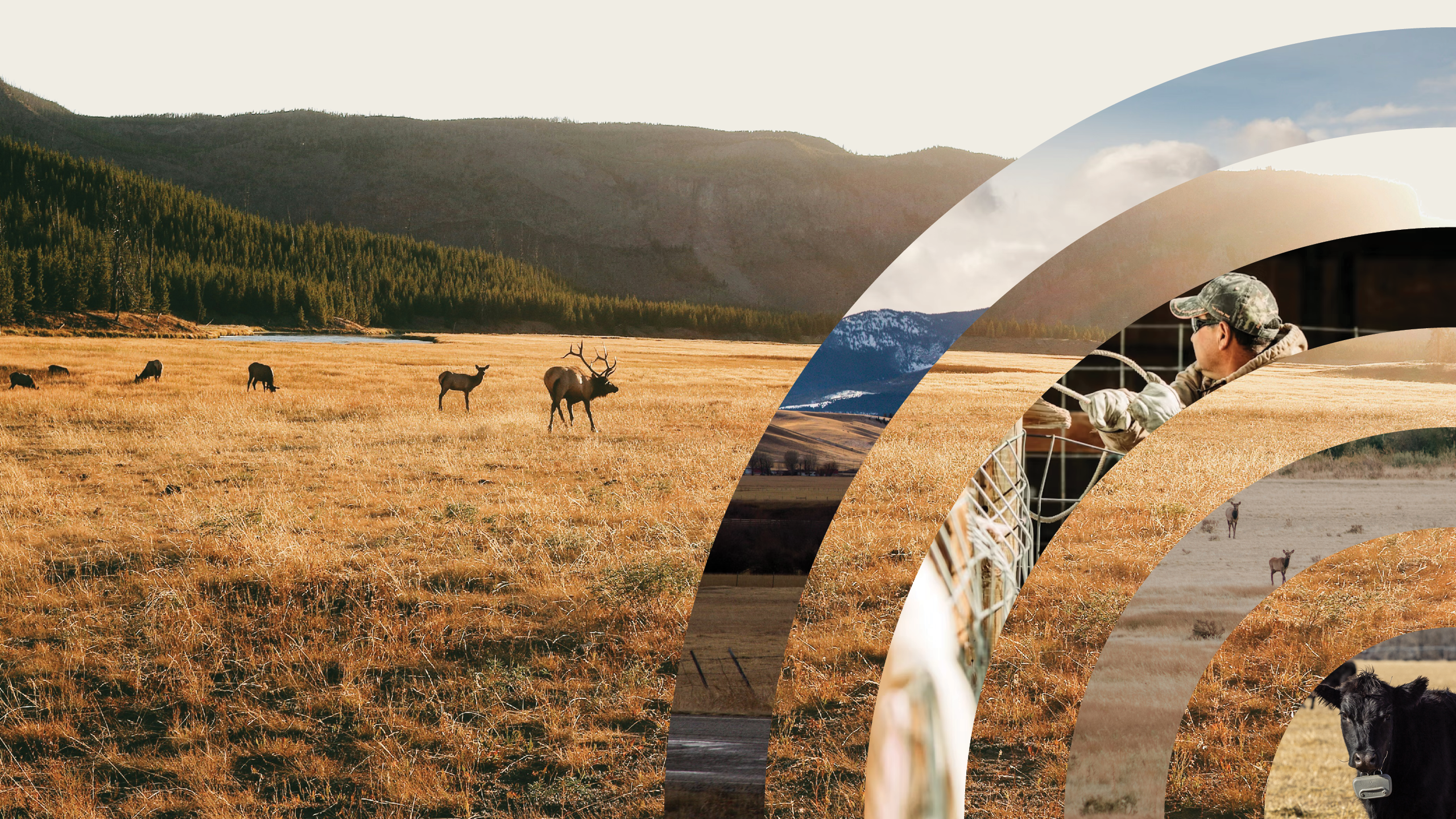The Navajo Reservation that sprawls across the starkly beautiful landscape of northern Arizona and New Mexico attracts thousands of tourists every year. Yet aside from the trading posts and occasional souvenir stands, few tribal members benefit from this wealth of visitors. Many Navajo families continue to live as their ancestors did, herding sheep on remote sections of the reservation. Recently, however, a few have found a new way to supplement their incomes without disturbing their land or changing their way of life. They have opened their traditional hogans to tourists who are willing to pay well for a bed of sheepskins and a meal of mutton stew.
Many Navajo families keep a hogan, an eightsided building of logs and mud, for ceremonies and weddings, but actually live in a conventional home nearby. Tourists who are looking for a bit more out of their vacation than the usual motel with a pool and pizza-to-go are enthralled by the idea of spending the night in a hogan with a dirt floor. They are treated to stories told by a Navajo elder under a canopy of stars and rise in the morning to a breakfast of fry bread and cornmeal mush washed down with campfire coffee. To get closer to a way of life they have only read about in National Geographic, they pay as much as $100 a night, but with extras such as a horseback ride, guided hike, sweat lodge, or rug-weaving demonstration the bill can easily come to $400.
Although the hogan bed and breakfast business is still small, the tribe’s Economic Development Division is encouraging more families to give it a try. This low impact and unobtrusive form of tourism requires little initial investment and provides a huge economic boost to this rural area, which has an unemployment rate of 27 percent.
 Albuquerque Journal
Albuquerque Journal


